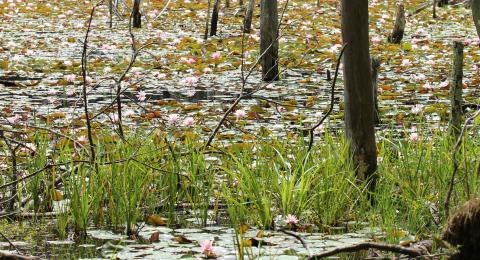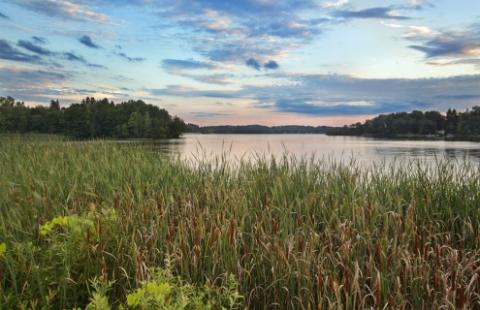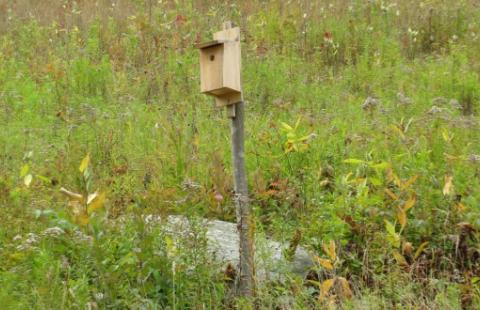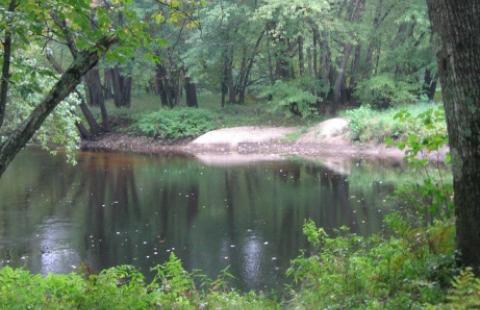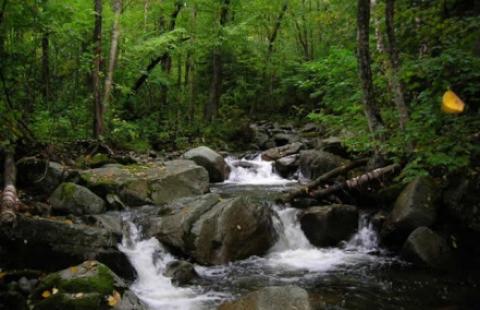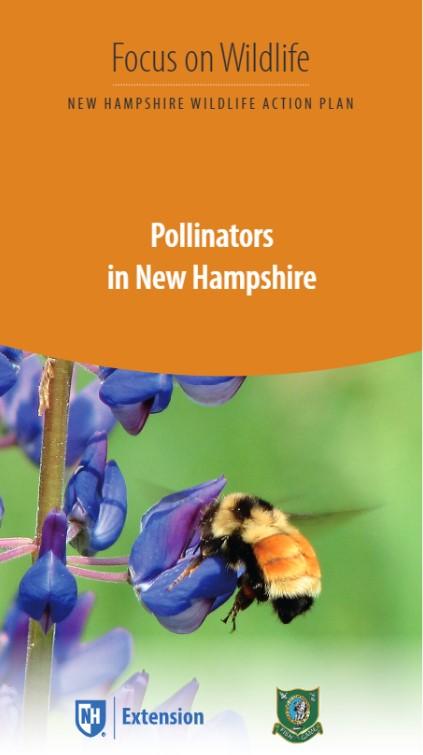Learn About Your Land
A series of 12 brochures are available from UNH Cooperative Extension to help landowners learn about and help conserve important wildlife habitats found on their land.
What is Habitat? Habitat is simply the place where an animal lives. The needs of individual species vary, but habitats of all species provide the basics: food, water, cover and space. Depending on how you count, New Hampshire is home to around 500 species of birds, mammals, reptiles and amphibians — not to mention 11,000 known species of beetles, bugs and other insects. Farms, forests, wetlands and other types of landscapes contribute to the basic needs of New Hampshire's wildlife. The 2015 New Hampshire Wildlife Action Plan identified 27 different wildlife habitats of conservation concern.
Request a free set of Habitat Stewardship Brochures from the UNH Forestry Information Center at 1-800-444-8978, or by email (forest.info@unh.edu).
If you like these brochures, be sure to check out our Focus on Wildlife brochures.
